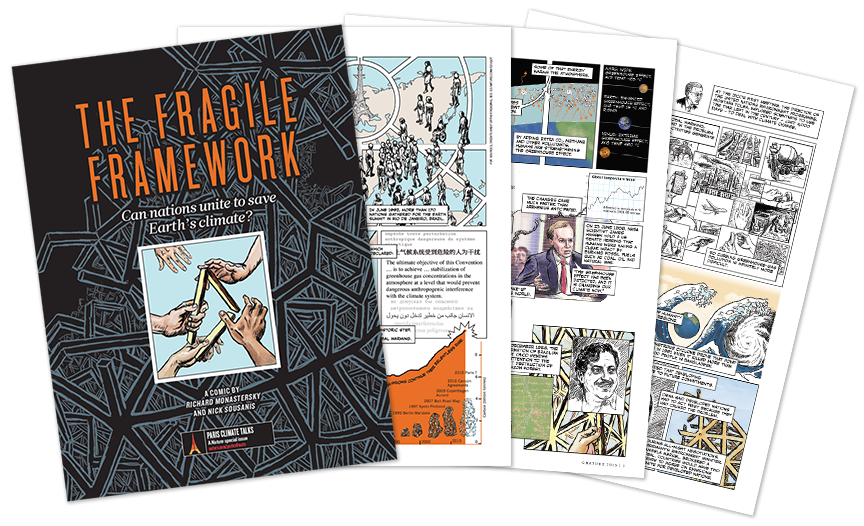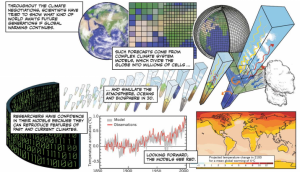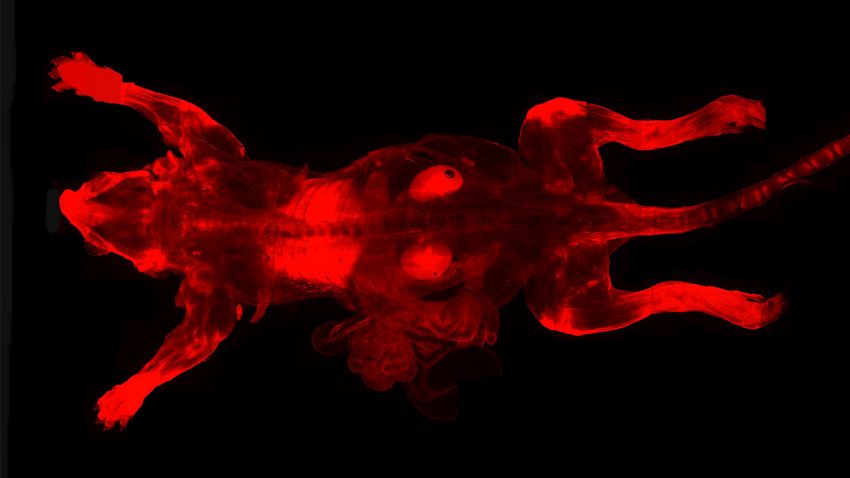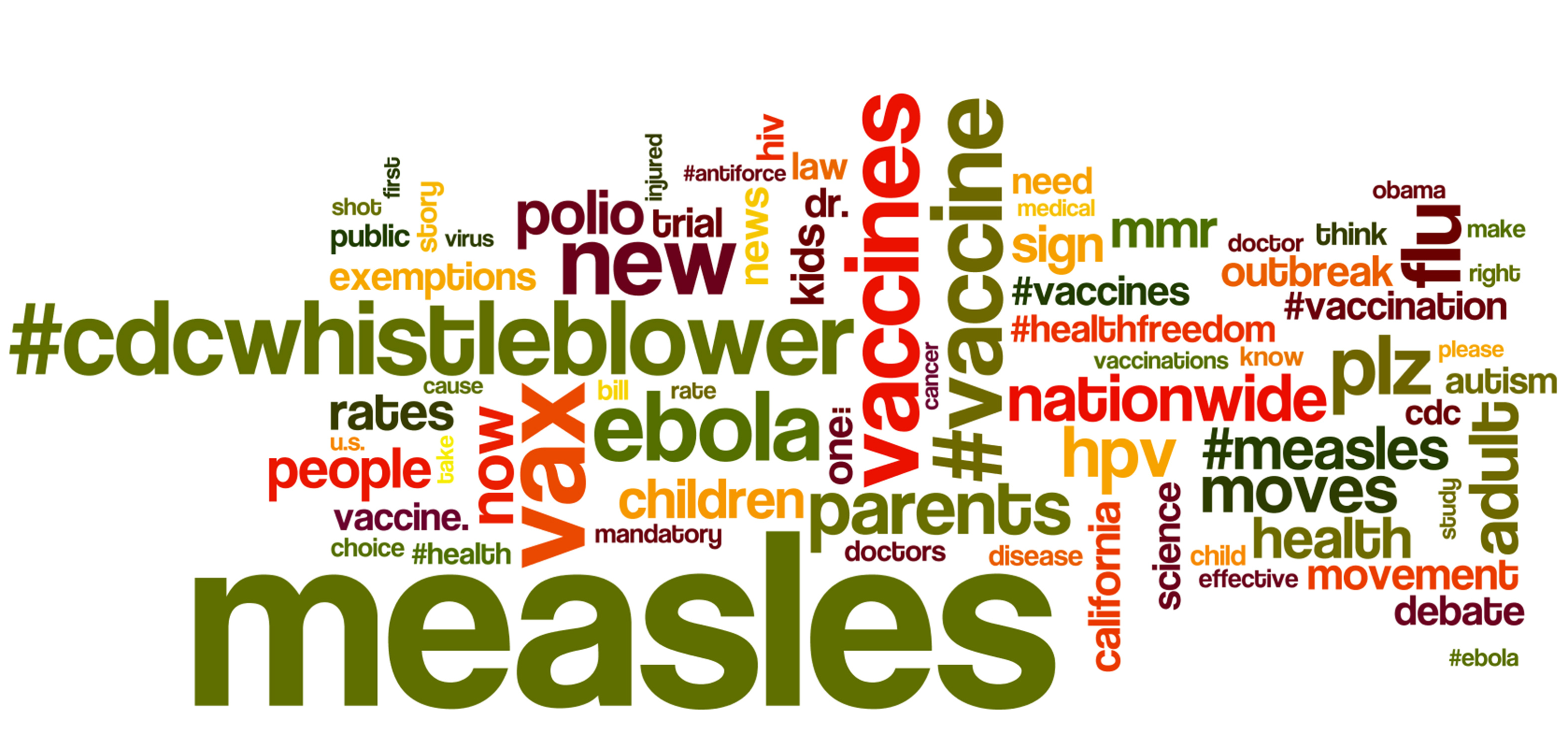In times of climate change and COP21, all awareness is needed to show politicians how the world is at risk and that people urge for an effective treaty. The scientific community holds a huge responsibility on that matter, and Nature, the scientific magazine, is taking this responsibility very seriously. To show an important – but potentially boring – historical review of the politics and conferences about global warming, Nature published a GRAPHIC NOVEL, called The Fragile Framework, with the lead “A Nature comic examines the 25-year quest for a climate treaty. Can nations unite to save Earth´s climate?” The big thing here is that the graphic novel form makes it much less boring, more accessible to everybody and another important thing is that Nature made it open access, so you can read it online or you can download the high resolution PDF, for free.
The big thing here is that the graphic novel form makes it much less boring, more accessible to everybody and another important thing is that Nature made it open access, so you can read it online or you can download the high resolution PDF, for free.
You may be thinking “why to make topics about climate change more accessible in Nature, if only scientists read it and they already know about that?” We can never forget that a molecular biologist may be as lay in global warming subjects as a lawyer or a priest, and there are some good journalists that use Nature as a source. This kind of journalist exist, believe me. They are just a few, but they do exist.
The artist invited was Nick Sousanis, a post-doc who made his doctorial dissertation entirely in comic form. Sousanis was not alone in this project. The co-author is Rich Monastersky, News Features Editor at Nature.
About this work, Sousanis spoke to Nature Graphics, a blog curated by the Nature art team. He answered the question “Do words drive our thinking and framing of reality, or images? Which comes first?”
“Words and pictures convey meaning in distinct ways. And I think for me, the comics that work best are the ones where the relationship between the two is part of the makeup of the work from the very beginning. We don’t start with words and then illustrate with pictures, the two do a dance together as we try to get a handle on the idea – allowing each to do its part and inform the other in service to that”.
To read the whole answer of both authors to this question, go to Nature Graphics.
So, when you go to Mind The Graph to make your infographic, try always to keep this in mind:
“words and pictures do a dance together as we try to get a handle on the idea”.

Subscribe to our newsletter
Exclusive high quality content about effective visual
communication in science.






